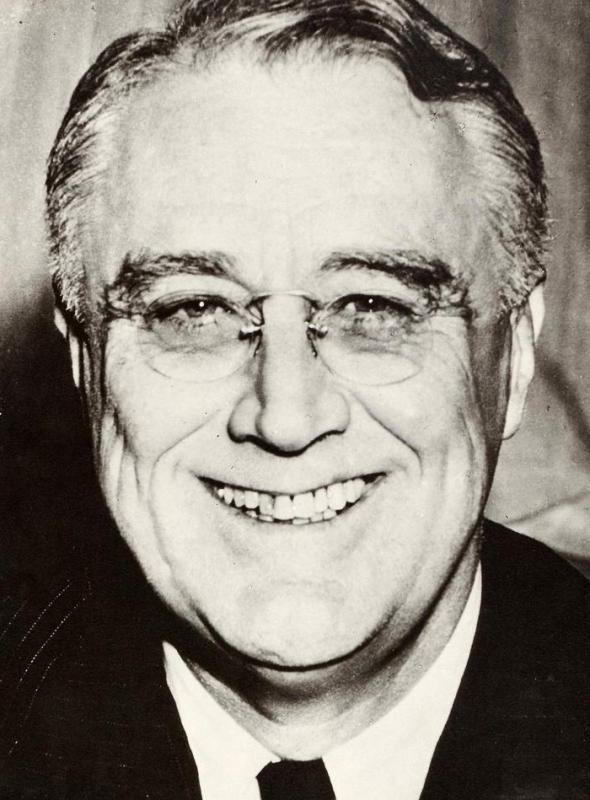At WiseGEEK, we're committed to delivering accurate, trustworthy information. Our expert-authored content is rigorously fact-checked and sourced from credible authorities. Discover how we uphold the highest standards in providing you with reliable knowledge.
What Were the Major Polio Epidemics?
Definitive polio epidemics were not identified until 1894, when 132 people in Vermont were diagnosed with the virus. In 1916, the polio virus affected at least 9,000 people in New York City, with the remainder of those affected in the United States (U.S.) left unrecorded. After the end of World War II in 1945, polio epidemics erupted in the U.S. on a yearly basis until 1949. The worst year for polio epidemics in the United States was 1954, when 58,000 cases were reported. Today, polio epidemics are most likely to occur in India, Pakistan, Nigeria, and Afghanistan.
Poliomyelitis, more commonly called polio, is caused by the virus poliovirus. Symptoms of polio can range from mild — such as vomiting, tiredness, and headaches — to devastating, such as paralysis and death. Although there is no cure for polio, the first vaccine to prevent this disease was developed by American medical researcher Jonas Salk (1914-1995) in 1955.

Part of the reason polio struck terror in people in the past was because there was, and is, no cure for the disease. In addition, those who were no longer able to use their lungs were doomed to lives living in iron lungs, or tank respirators. In the United States, 1,200 people were using iron lungs to survive in 1959. By 2004, the number had been reduced to 39.

Famous people were stricken with polio include golfer Jack Nickolaus (b. 1940), singer and songwriter Joni Mitchell (b. 1943), and violinist Itzhak Perlman (b. 1945). Historical figures who may have had polio include the poet Sir Walter Scott (1771-1832)and Louis Auguste de Bourbon (1670-1736), who was an illegitimate child of French King Louis XIV. Interestingly, some question whether the Roman Emperor Claudius (10 BC-54 AD) and American President Franklin D. Roosevelt — who are famously known as polio victims — actually had the disease. Today's theories include the idea that Claudius suffered from cerebral palsy and that Roosevelt had a condition called Guillain-Barre Syndrome.

Poliomyelitis is caused by two forms of the poliovirus today. The first is the wild form, which is also called natural poliovirus. Live poliovirus, which is the second form, is transmitted when vaccines including live poliovirus are used. The last time that wild poliovirus caused an infection in the United States was 1979. Not all parts of the world have succeeded in eradicating wild poliovirus.

According to the Centers for Disease Control (CDC), more than 1,500 people worldwide contracted polio during 2009. Although this number is lower than the number of people who developed polio the year before, scientists and health officials had hoped that the world would be polio free by 2000. Vaccination efforts in affected areas are sometimes influenced by fear, ignorance, apathy, and war.
AS FEATURED ON:
AS FEATURED ON:
















Discussion Comments
Things like polio epidemics seem so far removed from us in these times, but they used to be terrifying things. I've heard of polio epidemics in Third World countries, but not in my memory in the USA, simply because we have the vaccine.
Sometimes it takes a concrete demonstration to see the effects of an epidemic. In a cemetery where many of my relatives are buried (it is a very old cemetery), there's a family plot. Something like nine graves are there. It's from the 1917 flu epidemic, and it took a whole family in about two weeks. Chilling.
My mother remembers a polio outbreak in 1935 or so. I ran across a mention of it in the newspaper archives. Schools were dismissed, movie theaters were closed and people were encouraged to keep their children at home and away from crowds. Even churches canceled services!
My mom said she remembers that clearly. She said her mother did the grocery shopping in town alone, which she never did, but my mom and her sisters had to stay home. They lived out in the country, which is probably why none of them ever contracted polio. Mom said she got the vaccine after it became available because she worked as a lab tech in a hospital and was, of course, exposed to it.
Post your comments